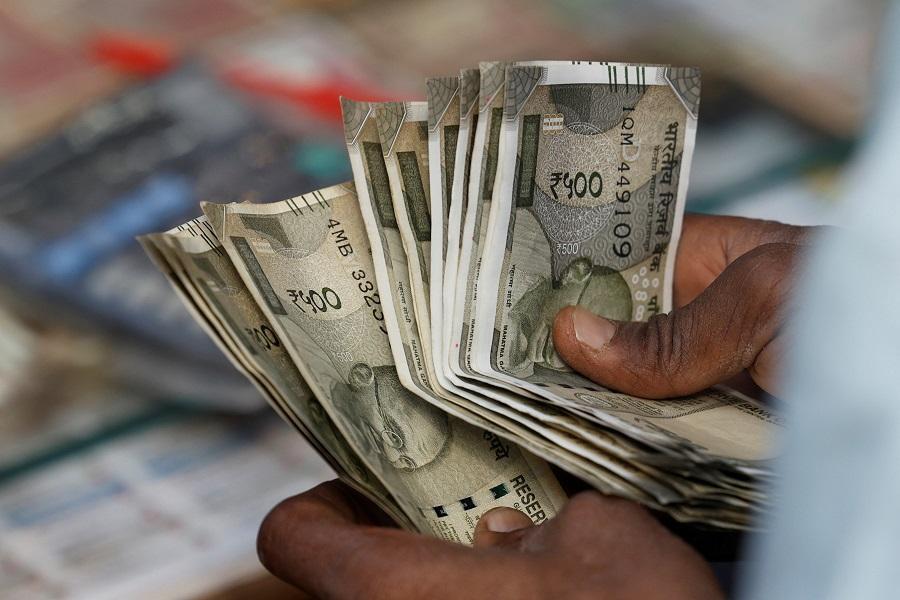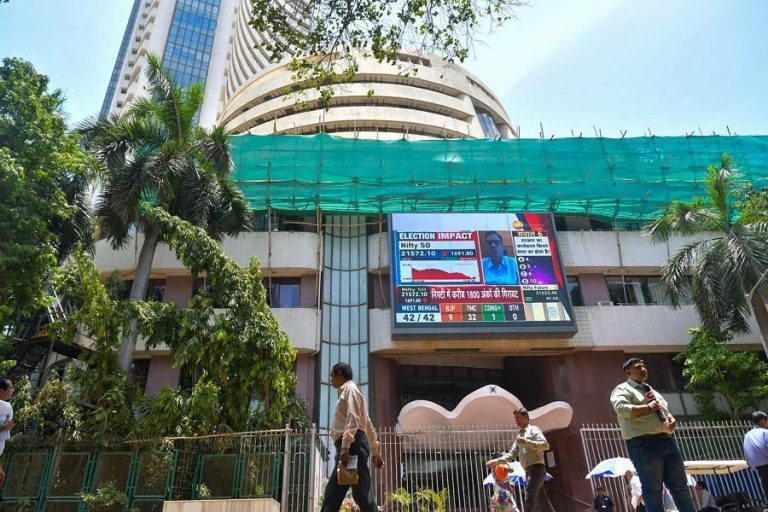
Rupee Set to Open Weaker as Trump Threatens 25% Tariff on Exports
The Indian rupee is expected to open weaker on Thursday after U.S. President Trump’s recent threat to impose a 25% tariff on Indian exports. This development has sent shockwaves through the financial markets, with traders anticipating a weaker rupee and potential intervention by the Reserve Bank of India (RBI) to stabilize the currency.
The latest news comes despite ongoing talks between the two countries to resolve their trade disputes. The 25% tariff threat is likely to have a significant impact on India’s exports, particularly in the textile and apparel sectors, which are major contributors to the country’s economy.
According to market analysts, the rupee is expected to open in the range of 87.66-87.69, which is weaker than its previous close of 87.42. This represents a significant drop of over 20 paise, which is a significant move in the currency market.
The 1-month non-deliverable forward (NDF) contract, which is widely used to gauge market expectations, is also indicating a weaker rupee. The contract price is currently trading at 87.66-87.69, which suggests that market participants are pricing in a weaker rupee.
The RBI may step in to stabilize the rupee if it falls below its record low of 87.95, which is a psychological level for the currency. The central bank has been actively intervening in the foreign exchange market to manage the rupee’s volatility and maintain its value.
India’s twin deficits, including a large current account deficit and a fiscal deficit, have been contributing to the rupee’s weakness. The country’s high import bill, particularly for oil, has been exacerbating the situation.
The rupee’s weakness is also attributed to the strength of the U.S. dollar, which has been gaining momentum in recent days. The dollar’s strength has been driven by expectations of a rate hike by the Federal Reserve and a strong U.S. economy.
The impact of a weaker rupee on India’s economy is significant. A weaker rupee makes imports more expensive, which can lead to higher inflation and put pressure on the country’s fiscal situation. It can also make it more challenging for Indian companies to repay their foreign debt, which can have a negative impact on their credit ratings.
The Indian government has been trying to address the twin deficits by implementing fiscal reforms and increasing the country’s foreign exchange reserves. However, the situation is complex, and it will take some time to stabilize the rupee and address the underlying issues.
In conclusion, the rupee is likely to open weaker on Thursday after Trump’s tariff threat, and the RBI may intervene to stabilize the currency. The situation is complex, and it will take some time to address the underlying issues. However, the Indian government’s efforts to implement fiscal reforms and increase foreign exchange reserves are likely to help stabilize the rupee in the long run.






